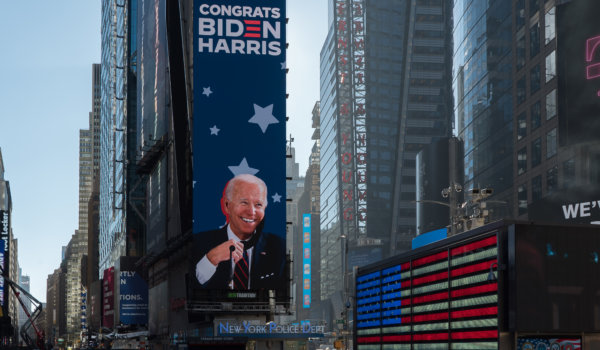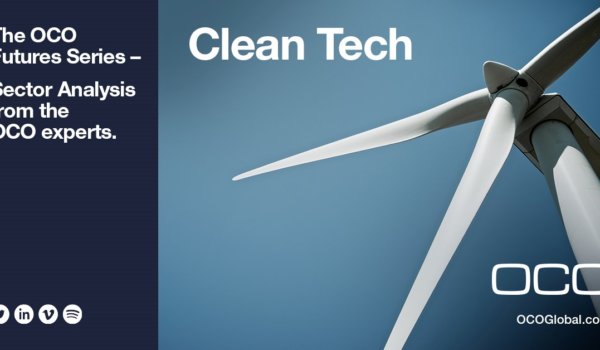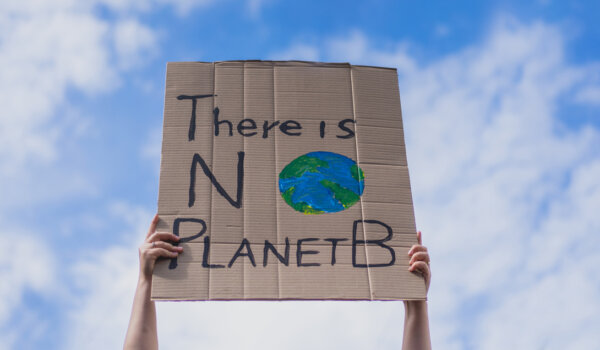“We are like tenant farmers, chopping down the fence around our house for fuel, when we should be using nature’s inexhaustible sources of energy- sun, wind, and tide.” – Thomas Edison.
Only hours into his term as the nation’s 46th President, President Biden signed an executive order initiating a 30-day process for the United States to reenter the Paris Agreement on Climate Change. Biden’s climate and environmental justice proposal will make a federal investment of $1.7 trillion over the next 10 years, leveraging additional private sector and state and local investments to total over $5 trillion. The momentum is mounting, as there are currently 180 onshore projects slated for the next five years.
You Say You Want a Revolution – And Wind Energy is Where it Starts
In March of 2021, the Bureau of Ocean, and Energy Management (BOEM), announced a new priority Wind Energy Area in the NY Bight, the shallow water between Long Island and the NJ coast. BOEM expects a lease sale in late 2021 or early 2022. In early 2021, The Department of the Interior (DOI), Department of Energy (DOE), and Department of Commerce (DOC), shared a goal of deploying 30,000 megawatts of offshore wind in the US by 2030, more than $12bn/year in capital investments, creating enough energy to meet demand of more than 10 million American homes for a year and avoid 78 million metric tons (the equivalent of 17 million cars for one year) of CO2 emissions. In September 2020, the first offshore wind farm in US federal waters delivered first power to the grid. The Coastal Virginia Offshore Wind (CVOW) pilot project was the first project in federal waters approved by BOEM.
With the first project approved, states are now racing to harness their offshore wind energy. In November 2020, Louisiana Governor John Bel Edwards called upon BOEM to start a task force to coordinate leasing in federal waters in the Gulf. California is currently studying the potential for floating arrays, currently used in Europe for deeper water turbines. In the Midwest, the first freshwater offshore wind development in North America, located in Lake Erie, is nearing approval. Texas is building the first Jones Act compliant wind turbine offshore installation vessel, more quickly facilitating projects occurring in federal waters off all US shores.
Come Together – Jet Streams of Opportunity for Economic Developers
As the winds of change begin to blow, economic developers should be buoyed by jet streams of approved projects and potentials for the US wind energy sector. By many projections, offshore wind could create 83,000 new jobs by 2030. Offshore wind, unlike many forms of energy production, notably oil and gas, was largely unaffected by COVID-19 impacts, and is far less affected by politics, pandemics, and prices can be locked in for up to twenty years. All these factors make wind energy much less volatile than other forms of energy.
As we see more projects approved by BOEM and more states pushing for innovation both on and offshore, there will be an increasing need for electricians, welders, longshoremen, truck drivers, crane operators, ironworkers, and engineers to take these farms from ideation to utilization. There will be an opportunity for infrastructure investments, in particular port revitalization and manufacturing facilities for turbines, components, and even shipbuilding for Jones Act compliant vessels.
Along with the direct impact of infrastructure developments come the indirect economic impacts like housing, retailers, and medical facilities. Reskilling opportunities exist for former oil and gas workers who have found themselves displaced increasingly in the past years. The Wind Vision Report shows that wind can be a viable source of renewable electricity in all 50 states by 2050, and by 2050 wind has the potential to support over 600,000 jobs in manufacturing, installation, maintenance, and supporting services. The DOE predicts that the country will have 404 gigawatts of wind power capacity by 2050, enough to fulfil more than one-third of the nation’s electricity demands.
Increasing economies of scale, more competitive supply chains, and further technological advancements, will not only lower cost of doing business across the US but make our nation less reliant on other nations for power, thus giving those nations less hold upon our political future. 100 years on, and Edison would be proud of our nation’s progress.
Sources:
- https://www.whitehouse.gov/briefing-room/statements-releases/2021/03/29/fact-sheet-biden-administration-jumpstarts-offshore-wind-energy-projects-to-create-jobs/
- https://www.airswift.com/blog/wind-energy-projects-usa
- https://www.energy.gov/sites/default/files/2015/02/f19/offshore-wind-jobs-economic-development-impacts-united-states.pdf
- https://www.power-technology.com/features/us-wind-energy-by-state/
- https://www.altenergymag.com/article/2021/03/trending-developments-in-wind-turbine-technology-and-the-future-of-wind-energy/34742
- https://irena.org/publications/2019/Oct/Future-of-wind
- https://www.windustry.org/history_future_of_wind_energy
- https://www.workboat.com/offshore/new-jones-act-measure-will-clarify-rules-for-building-offshore-wind-power
- https://www.doi.gov/pressreleases/biden-harris-administration-approves-first-major-offshore-wind-project-us-waters#:~:text=The%20project%20will%20be%20located,for%20400%2C000%20homes%20and%20businesses.
- https://www.renewableenergyworld.com/storage/history-of-wind-turbines/#gref



